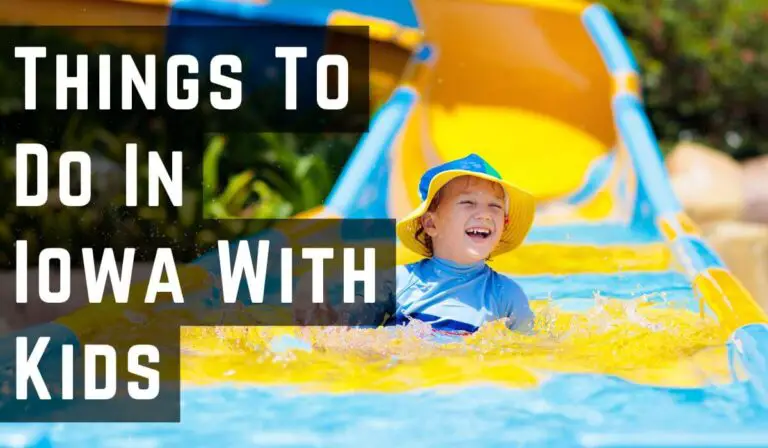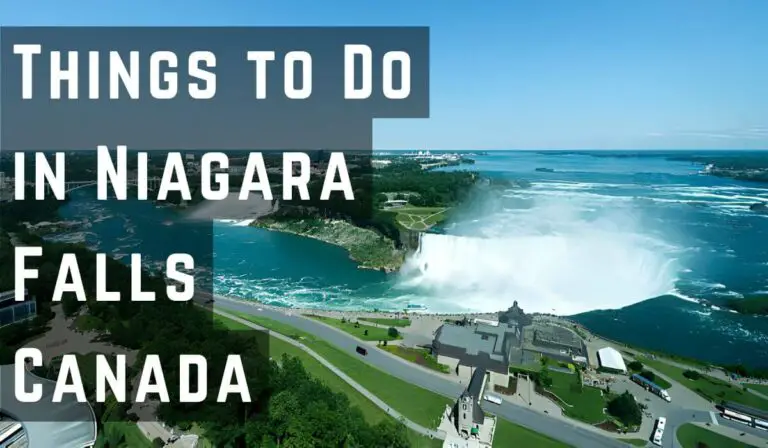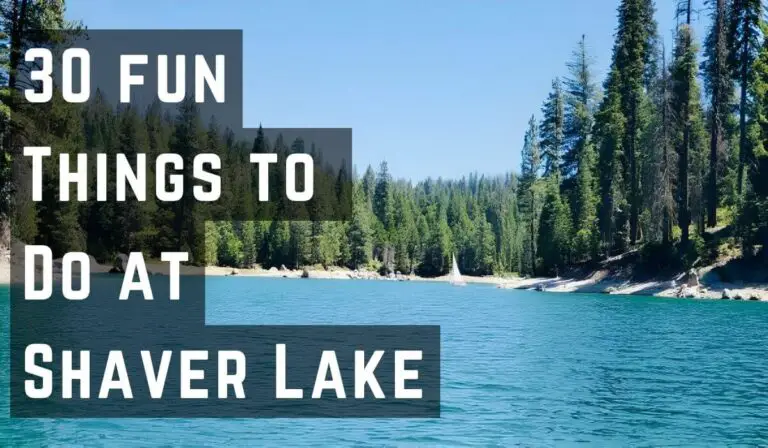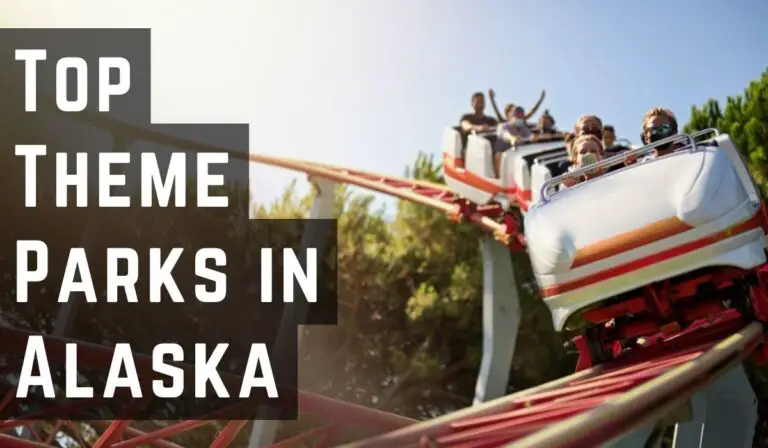Complete Guide on Winter Backpacking in California – Top 10 Destinations and Insider Tips
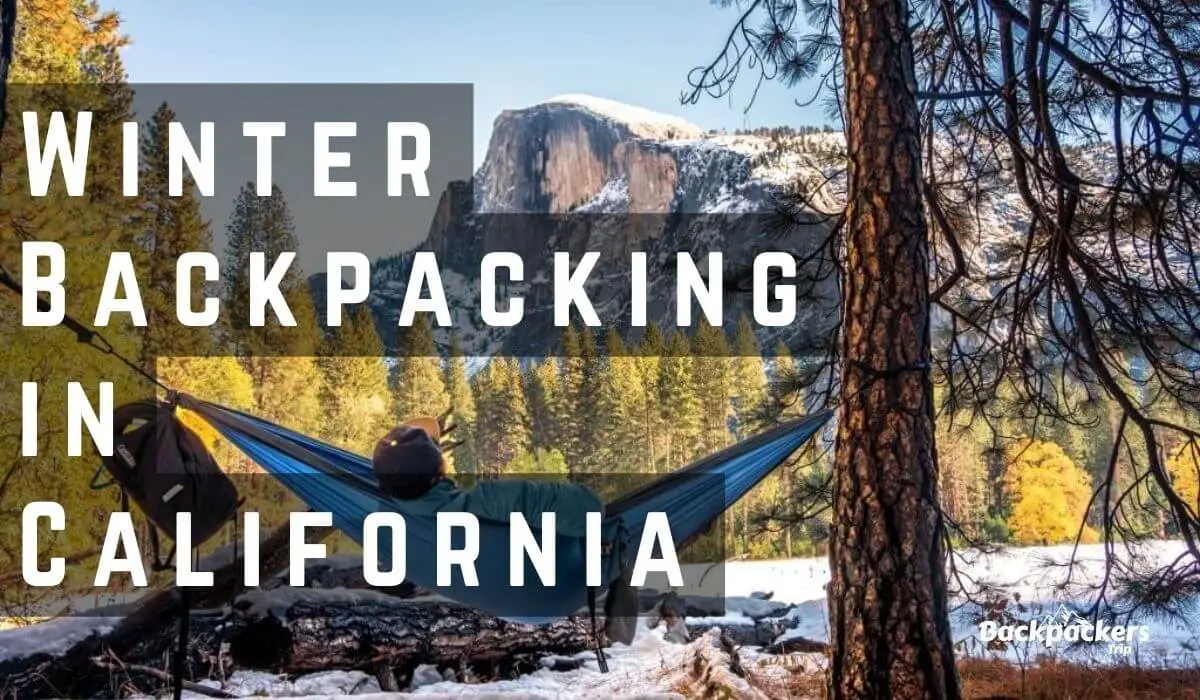
California is an excellent option for backpacking with its 14,000 miles of wilderness. Although it is popular during summer to backpack or more of a bachelorette party in California, Winter backpacking here is also an exhilarating outdoor activity, allowing you to explore the state’s stunning landscapes during the colder months. California offers a diverse range of backpacking opportunities, starting from dispersed backpacking to designated trails. It is easier to backpack on coastlines and deserts during winter to avoid snow and have mild weather.
Winter backpacking provides an opportunity to escape the crowds and enjoy a more peaceful natural solitude. When the sun rises, snow-covered mountains, frozen lakes, and dazzling landscapes will create a magical atmosphere. Clear and longer winter nights will allow you to witness a radiant display of stars, constellations, and even the occasional glimpse of the Northern Lights in certain areas.
This is precisely why you should start working on your California winter backpacking trip right away. For your further convenience, in this blog, we are going to sort out every ins and outs of the journey with all the unique appeals and attractions and help you to plan your trip effectively!
Top Destinations for Winter Backpacking in California
Coastlines and desert areas are most suited for winter backpacking in Cali. There are several hiking places to backpack during this season, from which we have hand-picked the top 10 destinations. Here they are-
1. Point Reyes Seashore
With the tagline ‘A Natural Sanctuary, A Human Haven,’ Point Reyes has secured California’s most popular winter hiking spot. It is a designated seashore with free entrance and magical views. One of the highlights of Point Reyes is its rugged coastline, which stretches for miles, featuring cliffs, sandy beaches, and rocky lanes. Home to a variety of ecosystems, The Point Reyes National Seashore is known for its rich biodiversity, with over 1,500 plant and animal species.
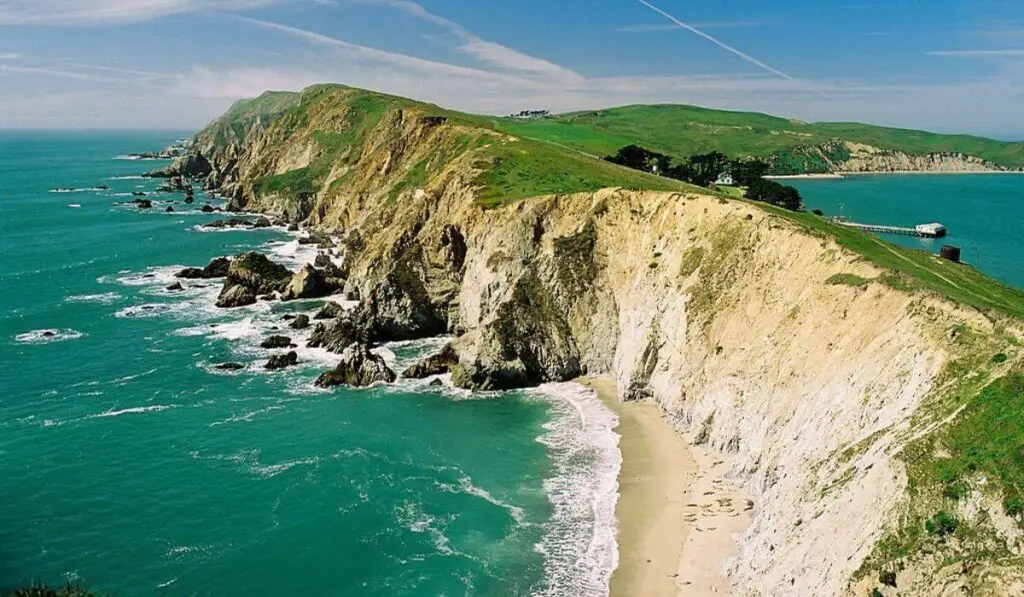
You can have a leisurely stroll, challenging hikes, beachcombing, tidepool exploration, visit The Point Reyes Lighthouse to know the area’s maritime history and whatnot!
You can also camp here, but you’ll need a pass for that. You can not have a dispersed backpacking experience here. Amenities like tables, toilets, etc. are present. Chimney Rock Trail, Tomales Point Trail, and Alamere Falls Trail are among the most popular hiking routes in the area.
2. Henry W. Coe State Park
Henry W. Coe State Park is the largest state park in northern California. It preserves scenic hills, oak woodlands, picturesque valleys, and mountain ridges in the Diablo Mountain Range. This is more of an undeveloped area. It can be your best suit if you’re into backcountry hiking. This park welcomes backpackers, equestrians, mountain bikers, and day hikers and offers a range of trails that cater to different skill levels and interests. From gentle meandering paths to challenging steep climbs, there are options for hikers of all abilities, making it perfect for anyone seeking solitude in a nearly untouched setting. Pacheco Falls and Creek, China Hole Loop, Frog Lake, Coit Lake, etc., can be your eye-catching destinations.
The park offers several backcountry campsites where backpackers can set up camp and enjoy the tranquility of the wilderness. You may register for a permit with entrance and camping fees at the Coe Ranch and Hunting Hollow Entrances. These campsites are typically primitive, having minimal amenities. Wood or charcoal campfires are prohibited here, so you must carry your gas stove.
3. Death Valley
Winter is the most suitable time for backpacking in this low desert region. Known for its extreme heat, Death Valley is unbearable in summer. Located in eastern California, Death Valley provides a more comfortable and accessible environment for outdoor adventurers during the colder months. Death Valley offers various backpacking routes, from leisurely strolls to challenging multi-day treks. Popular routes include the Golden Canyon to Zabriskie Point loop, the Telescope Peak trail, and the Cottonwood-Marble Canyon loop.
The park owns vast salt flats, towering sand dunes, and rugged canyons. You can witness the unique geological formations of Darwin Falls, iconic Mesquite Flat Sand Dunes, Badwater Basin Devil’s Golf Course, and the dramatic Artist’s Palette. Carrying enough water for your trip is essential, as it is scarce in Death Valley. Hiking Death Valley Guide can be a significant help for you.
You can camp at both established campgrounds and backcountry camping with the required permits. Remember to plan, carry sufficient water, and be prepared for the desert’s challenging conditions to ensure a safe and enjoyable experience.
4. Joshua Tree
Known for its iconic Joshua trees, Joshua Tree National Park provides an otherworldly setting during winter. The colder temperatures and milder weather make winter the best time to explore the park. From short day hikes to multi-day treks, there are options to suit your preferences and time constraints. The park’s unique rock formations, such as Hidden Valley and Jumbo Rocks, cottonwood, Indian Cove, and Ryan, provide opportunities for climbing and camping. Dispersed and designated trail backpacking are both available, but you might need permits. This place is famous for stargazing, too.
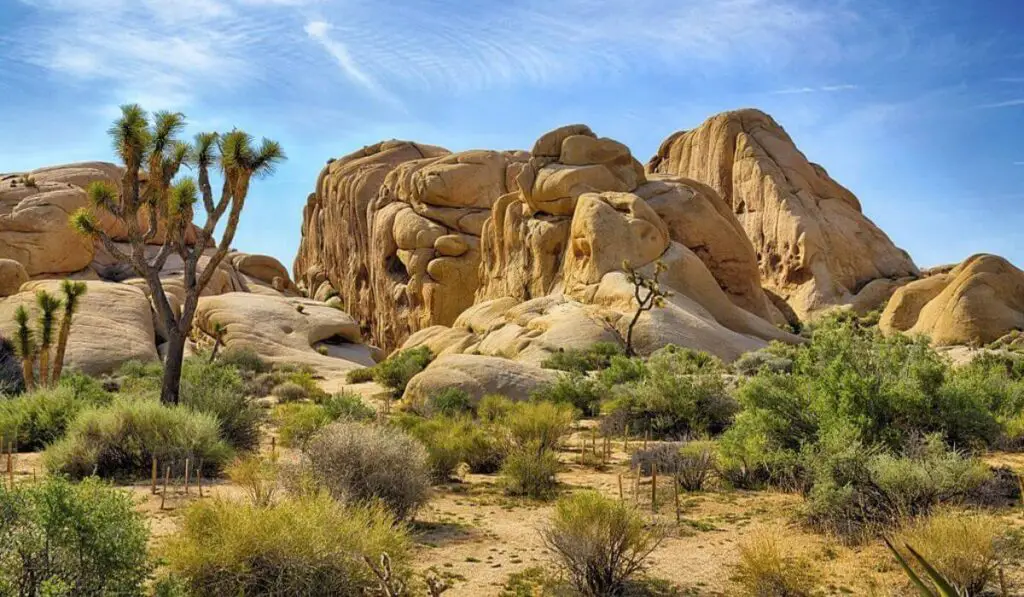
During winter, the park’s landscapes transform with the occasional rainfall, bringing life to the desert. The Joshua trees, with their distinctive shapes and silhouettes, stand out against the clear blue skies, creating a surreal and picturesque backdrop. Staying hydrated, even during the cooler months, is essential.
5. Big Sur
Big Sur offers a stunning California coastline. It is a part of the Central California coast that is well-known for its unique rugged beauty, represented by spectacular cliffs, beautiful beaches, redwood groves, rivers, and waterfalls. Winter is the best time to backpack here.
You can go hiking in Andrew Molera State Park, surrounded by remote seashores and Buzzard’s Roost trail through the shady redwoods. You might visit Calla Lily Valley, a beautiful hidden valley of hundreds of wild calla lilies blooming in winter. You can also witness wildlife such as sea otters, gray whales, and many more. Library, gift shop, and luxury resorts are all present here.
Camping in Big Sur has both options for privately owned campgrounds and backcountry backpacking. Streamside and bluff camping are also available in the Big Sur Valley. Check for permits and availability to have a smooth journey.
6. Yosemite Valley
The Yosemite is a winter wonderland with numerous options for winter backpacking. This time of year offers you full rivers, roaring falls, few people, and more slow-down time in the Sierra Nevada range.
You can see Yosemite Valley Loop Trail, El Capitan, Bridalveil Fall, Sentinel Rock, Half Dome, Glacier Point, and many other iconic views of Yosemite with more solitude and less crowd during winter.
From December through April, backpacking in Yosemite nearly always involves snow camping. If you want to avoid snow, you should visit Yosemite Valley, Wawona, and Hetch Hetchy.
A few marked winter trails are available for skiing or snowshoeing in the Glacier Point Road, Mariposa Grove, and Crane Flat areas.
You have to pay the entrance fee to enter this wonderland. During winter, four campgrounds remain open in Yosemite Valley and a little far from that. Additionally, numerous backcountry areas remain available in the park throughout the winter. But you need to obtain a permit for that.
You can also visit The Yosemite Museum, which has an Indian culture and art Exhibit. Find more activities and services in the Yosemite Guide for better acknowledgment.
7. Lassen Volcanic National Park
Backpacking in Lassen Volcanic National Park offers a unique and less-known area backpacking experience in Northern California. The park’s volcanic features, geothermal areas surrounded by coniferous trees, and potentially wildlife like deer, marmots, birds, and pristine lakes provide backpackers with various trails and landscapes to explore. Sulfur Works, Manzanita Lake Area, and Southwest Area are the most suitable for winter. Winter opportunities also include sledding, snow play, snowshoeing, cross-country skiing, and backcountry skiing/snowboarding. The main backpacking trails are the Cinder Cone Trail, Bumpass Hell, and the Pacific Crest Trail (PCT) section that traverses the park. Lake Helen, Lake Almanor, and Lake Manzanita offer bubbling mud pots, hot springs, fumaroles, camping spots, and whatnot! A famous geothermal area, Bumpass Hell, provides an outworldly landscape.
All overnight backpackers in Lassen Volcanic National Park must obtain a wilderness permit. Parking, restrooms, and water are available in the Loomis Plaza in the Manzanita Lake Area. Equipment rentals are not available in the park. Snowshoe and ski rentals may be available in Mineral, Chester, Redding, Susanville, or Chico.
8. Trans Catalina Trail Backpacking
Most of the trail is exposed here, with no shade or tree coverage. So, winter is the best possible time to visit this panoramic vista, starting from coastal cliffs to inland mountains. 5 scenic campgrounds outstand the beauty of the trans-Catalina Trail. Overlooking the ocean on Catalina, Little Harbor was recognized as the “Best Campground in the West.” Two Harbors is a scenic ocean-view bluff. The other three campsites are Parson’s Landing, Black Jack, and Hermit Gulch.
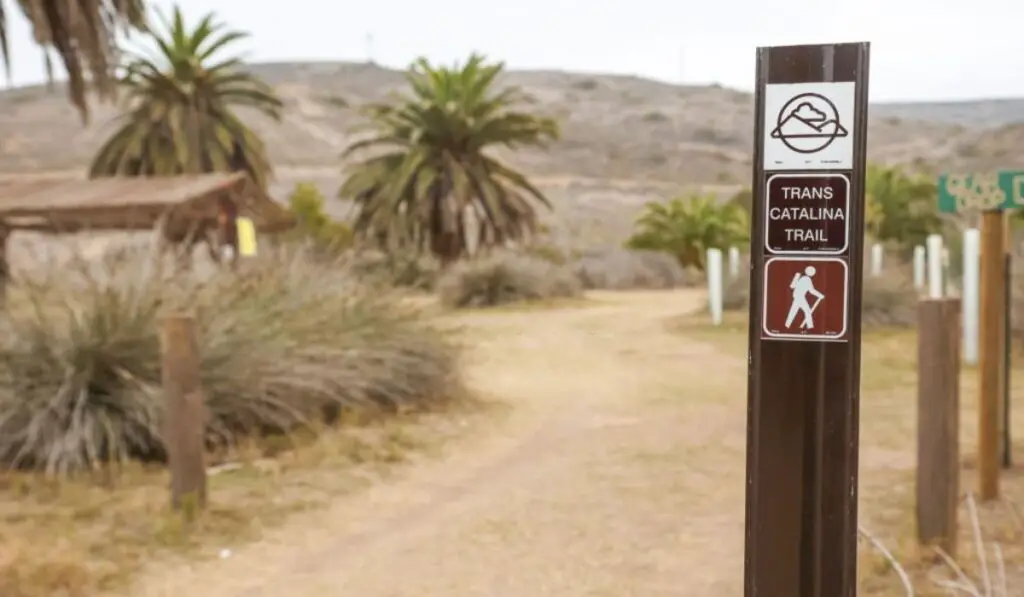
You don’t need a permit to hike the TCT but need campsite reservations. You may encounter Catalina Island foxes in the cooler hours of dawn and dusk. Rattlesnakes and Bald Eagles are also part of the island’s ecosystem. It is of a higher elevation. So make sure you are a pro before choosing this backpacking site. Another drawback of this place is no backcountry backpacking is allowed here.
9. Lost Coast
Lost Coast Trail upholds fog, waves, and sand stretching for approximately 25 miles. stunning coastline and untamed wilderness is all it offers. It is a coastal hiking experience with exceptional wildlife viewing opportunities such as sea lions, elephant seals, river otters, eagles, bobcats, deer, and more. One of the highlights of winter backpacking along the Lost Coast is witnessing the beauty of the Pacific Ocean. As you hike along the coastline, the crashing waves, sea stacks, and tide pools create a magical environment.
Camping options along the Lost Coast are limited to designated areas. Dispersed and backcountry backpacking is available but you need to have a permit for that.
10. Los Padres National Forest
Los Padres National Forest upholds some of the most ruggedly beautiful landscapes to be found anywhere in California. Limekiln State Park with its beautiful beach and campground, Sand Dollar Beach with dramatic rock formations, Salmon Creek waterfall, Pacific Valley Bluff Trail, and Mill Creek Picnic Area are the main attractions here.
You can enjoy hiking, camping, mountain biking, off-highway vehicle travel, picnicking, winter snow play, cross-country skiing, and many other activities In Los Padres National Forest. Although Some areas and facilities do require the Adventure Pass, most of the facilities and services in Los Padres National Forest are free.
Guide for Proper Winter Gear
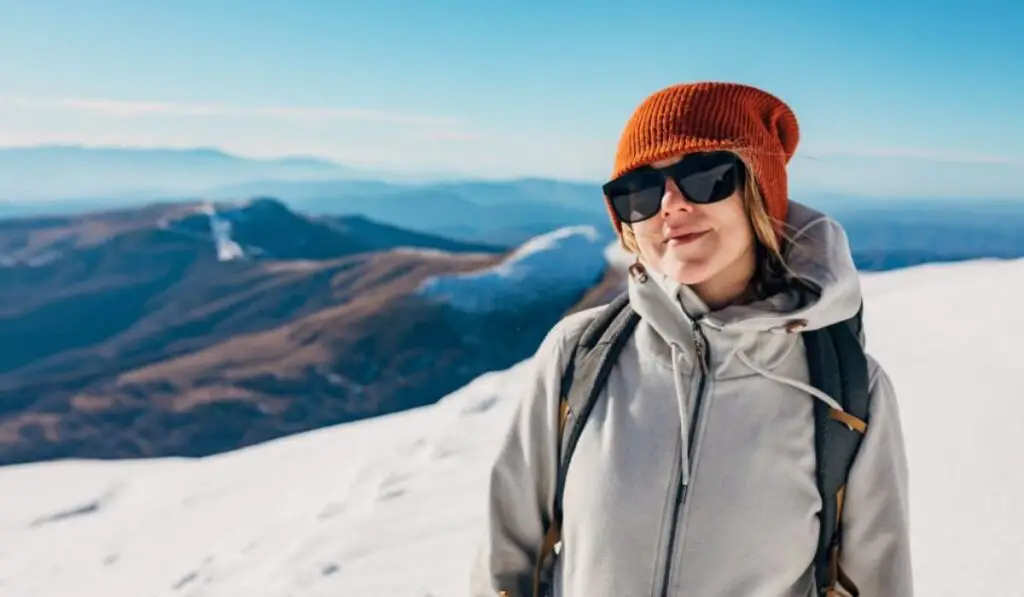
Planning for winter backpacking also involves packing the appropriate winter gear to cope with the weather. To make it easier for you, here we have listed down some essentials.
Wearables
Pack warm clothing layers, with base layers, insulating mid-layers, and a waterproof outer layer. Waterproof boots with crampons or microspikes for traction are essential to keep your feet warm, dry, and secure. Remember to pack socks, gloves, and headwear.
Camp
Invest in a high-quality, cold-rated sleeping bag, A reliable winter tent, and an insulated sleeping pad. Look for a tent that withstands heavy snow. Bring a waterproof and windproof tarp or groundsheet to create a dry and protected area outside your tent.
Backpack
your backpacking backpack should have enough capacity to carry all your gear, layers, food, and winter-specific equipment. Look for a pack with good padding for comfort, compartments, and straps for efficient gear organization.
Navigation
Carry a reliable map and a compass; also learn to use the compass first. Consider bringing a GPS device or smartphone with offline maps. Most parks have their complete guide on mobile applications so that you can download them.
Food and water
Choose a stove that performs well in cold temperatures. Pack no-cook nutritious foods like trail mix, oat bars, and so on for a quick nutrition boost. Remember to check water resources and carry a filter if necessary.
First Aid
Pack a well-stocked first aid kit with supplies for treating common winter injuries like frostbite, hypothermia, and joint injuries.
Before heading out, be aware of winter camping techniques, avalanche safety, and cold-weather survival skills. Stay informed about weather conditions and the latest trail updates when planning your winter backpacking adventure.
To handpick the perfect winter gear, research and Read gear reviews. You can also Watch videos to gain live insights. Focus on the expected weather conditions and the terrain you’ll be backpacking in. This will help you choose the appropriate gear. Looking for lightweight options without compromising warmth and investing in high-quality items is essential.
Hypothermia occurs when your body loses heat faster than it can produce. Frostbite is when skin freezes due to prolonged exposure to cold temperatures. So, to avoid such situations, you must stay dry and hydrated, dress appropriately, and listen to your body no matter what.
Safety Tips for Winter Backpacking
You must follow safety guidelines to have a smooth and pleasant journey. Check the weather forecast before heading out. Plan your route and have a marked map with you. Let someone other than the park ranger know your arrival duration and how to be cautious. Dressing correctly is mandatory while you are backpacking in winter. Above all, stay well nourished and listen to your body while you are on your voyage.
Winter Backpacking Tips for Beginners
If you are a beginner backpacker or hiker looking for beginner-friendly hikes, we are here to save your day! The first step can be good planning and preparation. You can check out our ‘Safety Tips for Winter Backpacking’ and ‘Guide for Proper Winter Gear’ sections to know your to-dos and what to pack.
Choose a shorter and more well-known trail for the starter. You can try group backpacking, too, to have a hands-on experience before heading out for solo backpacking. Follow every guideline and precaution and refrain from doing anything in your way the very first time. Remember to educate yourself first with all the available information. Try to focus on skill development while focusing on shorter trips and gradually building up to longer ones.
Conclusion
Winter backpacking in California might not pop up while you are planning for a backpacking getaway. Still, it is an excellent option for your next rendezvous during the colder months! While wasting hours searching for where to go, you can easily choose California for winter backpacking. All you need is to read this article, plan the trip, lace up your shoes, and head out!

